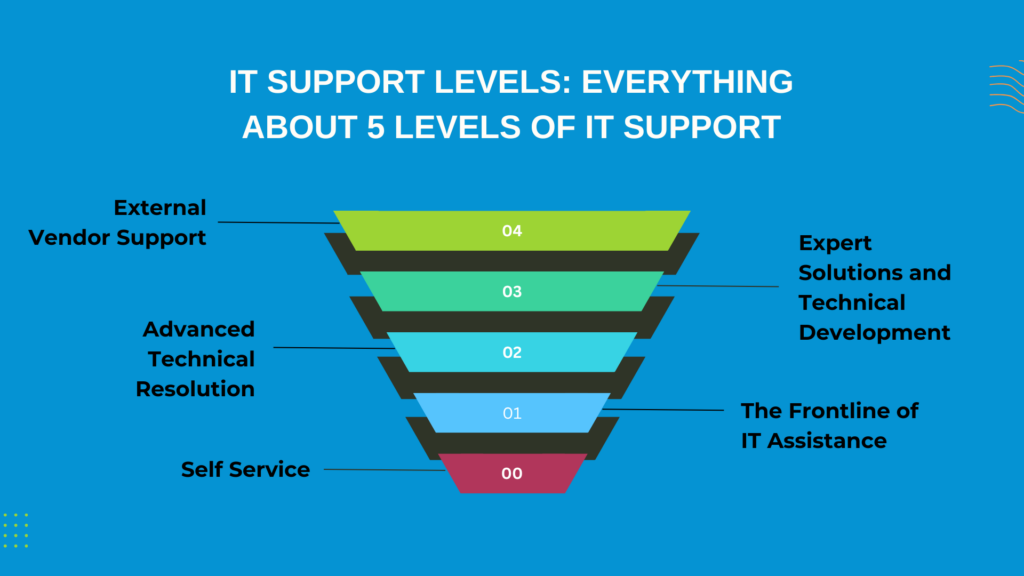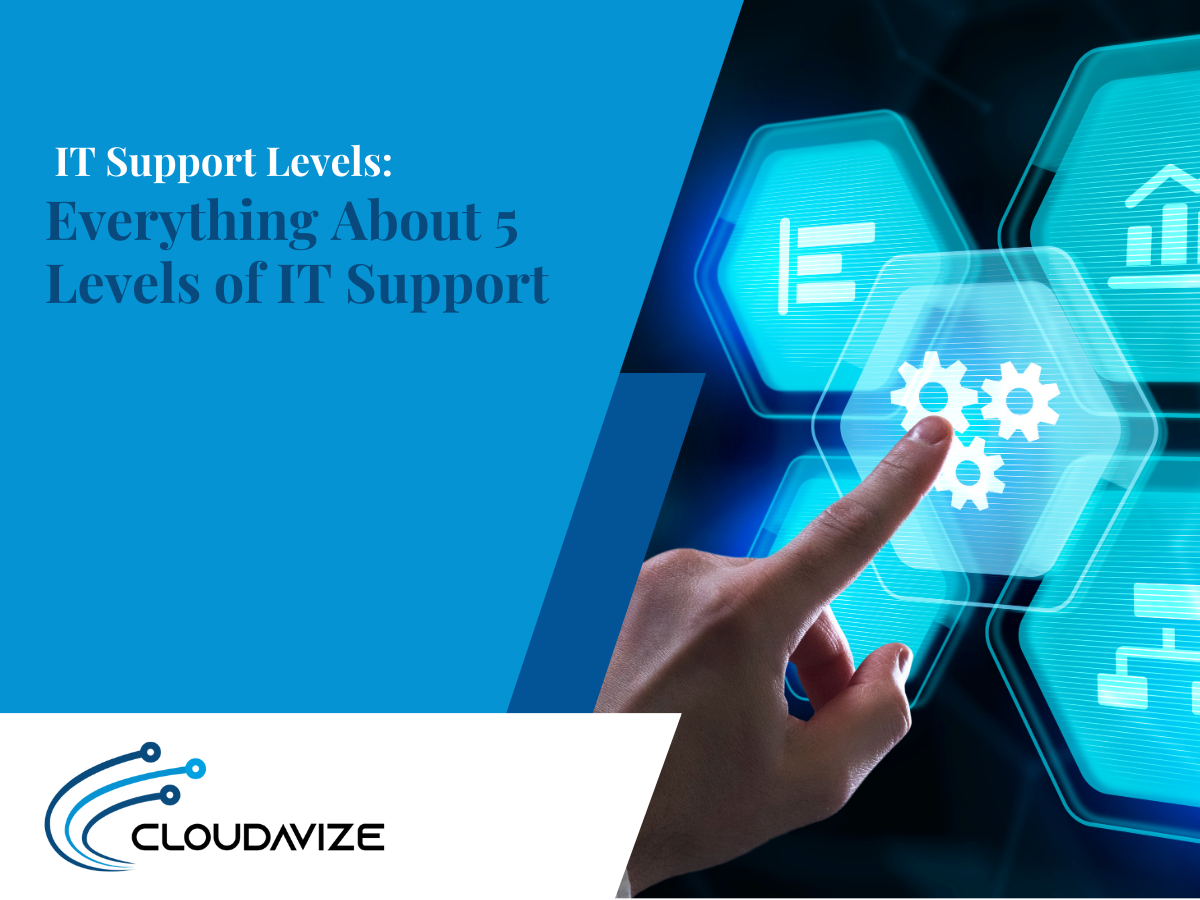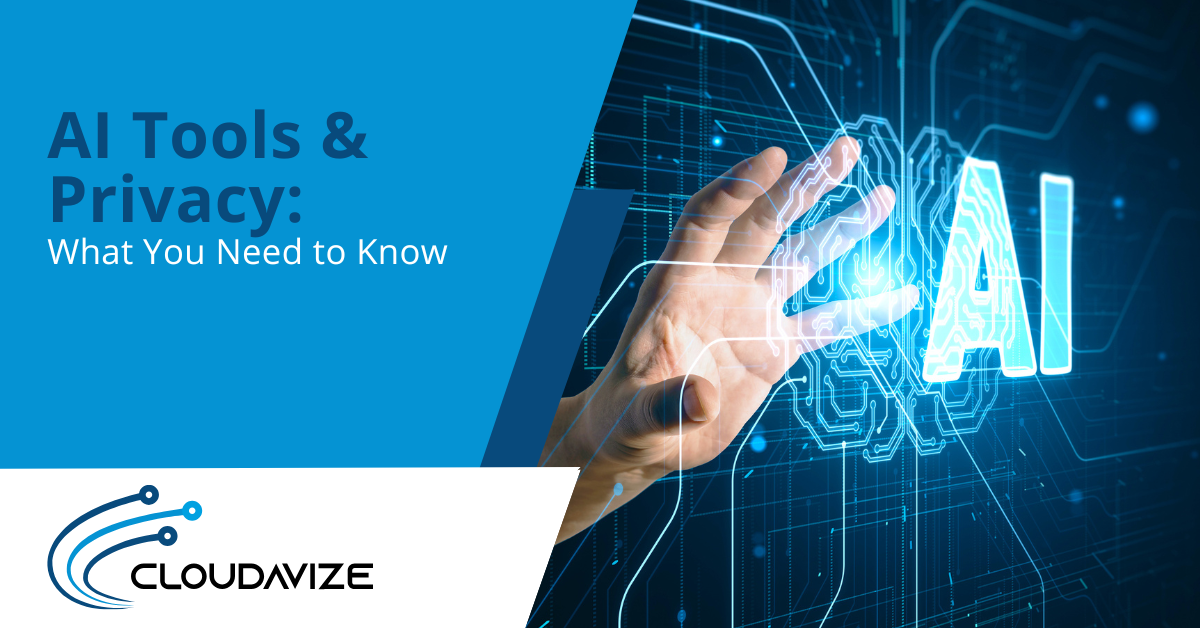In today’s interconnected business landscape, the tiered IT support system has become a critical framework for maintaining seamless operations and addressing diverse technical challenges. By structuring support into defined levels, organizations can cater to a wide range of user needs, from simple inquiries to highly complex issues. Each level is designed to address problems based on their complexity, ensuring efficient resource allocation, timely resolutions, and enhanced operational continuity. From Level 0 (Self-Service) to Level 4 (External Vendor Support), this model provides a scalable and cost-effective solution for managing IT infrastructure while improving customer satisfaction and organizational performance. This article explores the purpose and functionality of each IT support level and highlights the necessity of tiered IT support in modern businesses striving for operational excellence.
Table of Contents
5 Types of IT Support Levels
The tiered IT support system is a cornerstone of modern business operations, ensuring efficient resolution of technical issues while optimizing IT resources. By structuring support into levels, organizations address a wide range of needs, from simple user inquiries to complex technical challenges, ensuring problems are escalated and resolved at the appropriate expertise level.There are the 5 tiers of the Structured IT Support System:
- Level 0 (Self-Service) offers users access to FAQs and automated tools, reducing support tickets for minor issues like password resets.
- Level 1 (Frontline Support) involves handling straightforward user issues, such as software installations, with escalation to Level 2 if unresolved.
- Level 2 (Advanced Support) addresses more complex issues requiring specialized expertise, ensuring operational continuity.
- Level 3 (Expert Solutions) engages senior engineers to tackle critical technical challenges and optimize systems.
- Level 4 (External Vendor Support) manages proprietary issues via third-party vendors for specialized problem resolution.

Level 0 Support: Self Service
Level 0 support in IT is also known as self-service support as it empowers customers to resolve common issues independently through a guided system that contains a comprehensive knowledge base and automated tools that help them troubleshoot minor IT issues they may face on a regular basis. This could cover things like restarting your router in case of disruptions to resetting settings on your software when it’s not working properly. In Level 0 support tier, customers have access to a wide pool of resources such as FAQs, troubleshooting guides, video tutorials, and community forums where they can find answers to their queries and resolve issues without the need for direct assistance from IT personnel. This process saves time on both the customer and business end as engagement with manpower is not necessary. Level 0 support is also cost-effective and provides promt resolution of problems by providing customers with self-service options. This also helps to minimize the number of tickets raised for basic inquiries in the organization, freeing up troubleshooters for more complex tasks. Additionally, self-service IT support offers immediate access to information for users facing issues, allowing them to solve problem by themselves at any given hour, without having to get on a call with the customer helpline in business hours.
Level 1 Support: The Frontline of IT Assistance
Level 1 support serves as the initial point of contact between users and the IT support team, often referred to as the Help Desk Support. This frontline role is responsible for addressing general inquiries and resolving common technical issues. Help desk agents handle initial user requests such as password resets, printer problems, or basic software troubleshooting. Equipped with knowledge bases and standard operating procedures (SOPs), they aim to resolve issues efficiently.
Level 1 support staff require strong communication and customer service skills, along with a basic understanding of technical concepts, enabling them to actively listen to user concerns, offer clear instructions, and deliver effective solutions with patience and attention to detail. When issues exceed their expertise, these agents are responsible for escalating unresolved problems to higher tiers of support.
To carry out their duties effectively, Level 1 support staff utilize tools such as helpdesk management systems (e.g., ServiceNow, Freshdesk) to track and manage tickets, and remote desktop tools (e.g., TeamViewer, AnyDesk) to diagnose and resolve user issues remotely. By combining quality customer service with fundamental technical knowledge, Level 1 support ensures timely and satisfactory assistance, forming the backbone of a reliable IT support structure.
Level 2 Support: Advanced Technical Resolution
Level 2 support provides a more in-depth technical resolution for issues that cannot be resolved by Level 1 support. This advanced tier handles escalated tickets, addressing complex technical problems such as network issues, software configuration challenges, or server-related concerns. These professionals possess specialized technical knowledge and problem-solving skills, enabling them to diagnose and resolve issues efficiently.
A key responsibility of Level 2 support is working closely with users to gather detailed information about their issues, ensuring accurate diagnosis and resolution. If a problem exceeds the scope of their expertise, Level 2 specialists escalate the matter to Level 3 support for further investigation.
To perform their duties effectively, Level 2 support relies on a range of advanced tools, including monitoring tools like Nagios and SolarWinds, diagnostic tools such as Wireshark and Process Explorer, and configuration management tools to manage IT systems and services.
By leveraging their deep technical insights and familiarity with IT infrastructure, Level 2 support teams ensure prompt and accurate resolution of complex issues. This reduces downtime, optimizes operational efficiency, and enhances client satisfaction, forming a critical layer of specialized assistance in the IT support framework.
Level 3 Support: Expert Solutions and Technical Development
Level 3 support represents the pinnacle of the IT support hierarchy, tasked with resolving the most complex and critical technical issues. This tier is staffed by seasoned professionals, including engineers and technical architects, who possess expert-level knowledge and advanced problem-solving skills. They handle escalated tickets involving system crashes, security breaches, or major network failures—challenges beyond the scope of lower-level support teams.
Beyond issue resolution, Level 3 support plays a crucial role in technical development and system enhancement. These specialists conduct root cause analysis to prevent recurring issues, collaborate with vendors and developers to address critical problems, and implement innovative solutions that optimize IT infrastructure. Additionally, they leverage customer feedback and insights from support cases to recommend and implement system improvements, driving long-term reliability and performance enhancements.
Level 3 support requires proficiency in advanced diagnostic tools, custom scripts, and vendor-specific utilities, enabling them to troubleshoot effectively and develop bespoke solutions. Their expertise extends to specialized domains like database administration, network security, and software development, ensuring they can address high-stakes issues and provide strategic guidance for system architecture.
By resolving critical problems, implementing best practices, and continuously refining IT systems, Level 3 support enhances operational efficiency and fosters organizational growth. Their contributions are pivotal not only in resolving immediate challenges but also in ensuring the long-term success and stability of IT environments.
Level 4 Support: External Vendor Support
Level 4 support, also known as external vendor support, focuses on collaboration with third-party vendors and external experts to address highly specialized and critical IT issues that surpass the knowledge and resources of the in-house IT team. This optional tier is typically employed by large organizations for resolving rare and complex problems that impact the organization at a systemic level, requiring advanced expertise and tools unavailable internally.
The primary role of Level 4 support is to create strategic partnerships with external service providers or Managed Service Providers (MSPs), leveraging their specialized skills, vendor-specific knowledge bases, and advanced technical tools. These partnerships enable organizations to efficiently resolve issues that internal teams are unequipped to handle due to resource or skill limitations. Additionally, external vendors often provide updates on emerging technologies and industry trends, allowing organizations to stay competitive and informed.
Responsibilities at this level include managing critical incidents, ensuring dynamic collaboration with vendors, and supplementing the in-house IT support structure. Level 4 support may also involve direct intervention from senior management or specialized external experts for crisis management or emergency response.
The tools utilized by Level 4 support vary based on the vendor and issue, often including highly specialized diagnostic resources and bespoke solutions tailored to the problem. By integrating external expertise into the support process, organizations ensure a holistic approach to issue resolution, enhancing system reliability and operational success.
Why Tiered IT Support is Necessary for Your Businesses?
Tiered IT support is essential for businesses in 2025 as it is one of the most efficient way of managing IT support and delivering assistance to customers and employees when IT issues arise. These IT challenges could include the diverse range of technical issues that users encounter on a daily basis, and a lack of expertise among support staff and improper resource allocation could further complicate IT support service. A tiered support system addresses these challenges by offering customized solutions to technical problems by matching issues with appropriate level of expertise required. Having a tiered IT support system ensures that complex issues are handled by specialists while routine tasks and trivial issues are managed efficiently at lower tiers. Scalability is another perk of a tiered support system as it makes sure that issues are solved at the lowest possible level, saving resource and time allocation for the organization. This minimizing downtime and reduces overhead costs that are associated with providing IT support by freeing up senior IT staff from routine support tasks. This allows businesses to redirect their focus towards strategic initiatives helping them drive innovation and focus on organizational goals.
Customer satisfaction is another benefit that a managed and tiered IT support system provides as users are quickly put in touch with IT support staff based on the level of their issue and are helped personally by a trained professional to mitigate the issues they are facing. This directly impacts customer satisfaction level and also improves client retention. Costs and finances associated with IT support are also decreased by implementing a tiered IT support system as it reduces heavy investment in just one high-level IT support team as most issues that are registered are quickly fixed by Level 0 or Level 1 support team. This also helps to free up the available senior IT staff who can then focus on strategic planning and policy making for businesses instead of working to fix raised tickets unless absolutely necessary.
Additionally, a tiered IT support system also facilitates better compliance with Service Level Agreements (SLAs) and regulatory authorities by effectively categorizing and prioritizing support tickets, making sure the IT services and support being provided are up to par while also making sure the resolution time and process meets the industry standards, norms and business target. In general, a tiered IT support system is absolutely vital for modern businesses in 2025 who are seeking to optimize their IT operations, making the customer experience a little better by helping them with issues they face while also improving on their own existing systems to boost organizational success.


